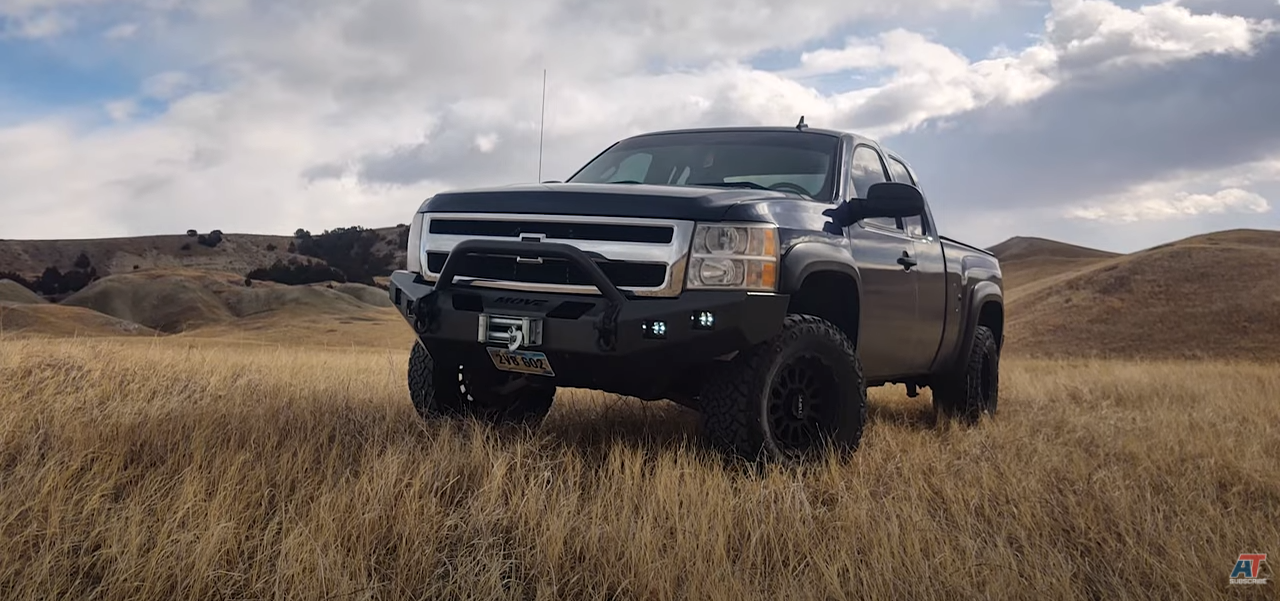Have you ever wondered how products made of metal are created? With the wonderful variations of different metals, it would almost be impossible to bend, melt, shape, and turn them into rigid structures if not for die casting, especially when using pipe bender dies.
What Is Die Casting? How Does It Work?
Die casting is a metal fabrication process where metal is subjected to high temperatures to turn it into a molten liquid before being pressed into a mold cavity with high pressure. Manufacturers typically use alloys made of a combination of metals in this casting process because of their ideally low melting point. Each part of the TX casting foundries network has been designed to scale, market quickly, and cast the highest quality alloys and metal parts imaginable.
Additionally, other metals that work best for die casting are:
- Aluminum
- Copper
- Magnesium
- Zinc
The steel mold regularly filled with molten metal should be made of two or more sections to allow easy removal of casting without damaging itself. Several molds can create thousands of metal castings without interruption. Here’s a quick rundown of the steps involved in die casting:
- Clamping: Two steel mold sections are mounted and clamped into the die casting machine. One mold is movable while the other remains stationary.
- Injection: The mold cavity formed by these clamped mold sections will be injected with molten metal. The high-pressure present in the process forces the metal to take the mold’s shape, ranging from 20,000-31,000 psi.
The metal injection time for every casting project varies due to the wall thickness of the required casting and the metal’s thermodynamic properties. Thicker casting walls and castings made of zinc and lead have slower injection times.
- Cooling: Once the mold is filled to the brim, the molten metal will now solidify into its final shape as dictated by the mold. Thicker and more complex forms are required to be cooled longer.
- Ejection: After cooling the casting completely, the movable mold section can now be opened to eject the casting and will be prepared for another die casting process.
- Trimming: The process will leave some flash and excess material in the dies, which can be trimmed using a trimming press, saw, or trim die. The scrap material can either be reused or discarded.
Advantages Of Die Casting
Die casting is a preferred metalwork technique because of its speed, simplicity, efficiency, and reliability. Perhaps automotive manufacture is the top market for die casting, as a lot of castings for auto parts are required to make vehicles work on a small and large scale. From cosmetic finishing to under-the-hood components, die castings can find their way through automobiles.
In 2020, the die casting market was valued at a whopping USD$65.5 billion and was expected to increase by almost USD$100 billion in the next six years. What makes die casting an appealing metal fabrication method for industrial-grade materials and components?
- Accurate dimensional stability, even up to the smallest castings
- Handles the most complex shapes and intricate designs
- Quick and efficient turnaround times
- Reliable corrosion resistance
- High thermal and electrical conductivity
- Good electromagnetic interference (EMI) or radio frequency interference (RFI) isolation
- Extended tool life
Die Casting Development Through The Years
Die casting first appeared in 1838 when printing manufacturers had to find a way to produce newspapers in a flexible, quick, and cost-effective manner. The first die casting machine was a manually operated machine for mechanizing printing type production, which used a lead-tin alloy for casting letters.
Then came the rotary printing press in 1846 and the Linotype setting machine in 1886. When the manufacturing and production of die cast parts emerged, eventually, die casting machines became widely known not only inside the printing industry.
In the first few decades of the 20th century, companies recognized the potential of die casting across various industries. Watches, typewriters, children’s toys, and cash registers were the first products to try out die casting.
Applications Of Die Casting
Die casting widely involves metalwork in various industries like the industrial, commercial, and consumer industries. Whether an engineered product is entirely made out of metal or only has a small percentage of it, investment casting services plays a significant role in manufacturing it as desired.
Check out some applications of die casting in products, tools, equipment, and machinery in different fields:
- Automotive: Gas engine parts, engine cylinders heads, and other parts of the most high-tech cars today
- Healthcare And Medical: X-ray machines, ultrasound equipment, electronically operated hospital beds, portable oxygen pumps
- Weaponry: Gun triggers, pistol grips, unmanned aerial vehicle (UAV) joysticks, selector levels
- Consumer Appliances And Devices: AC compressor, appliance surface finishing, and coatings, wearable device clasp, camera housings
- Construction And Architecture: Window frames, curtain walling, cast door handles, structural glazing
- Telecommunications: Fiber optic connectors, connector housings, switching system pins
Conclusion
With die casting’s numerous capabilities, there’s no doubt that the manufacturing landscape will continue to use this process for many years to come unless they can possibly find a faster, more efficient, cheaper, and more reliable approach to producing metal parts.







